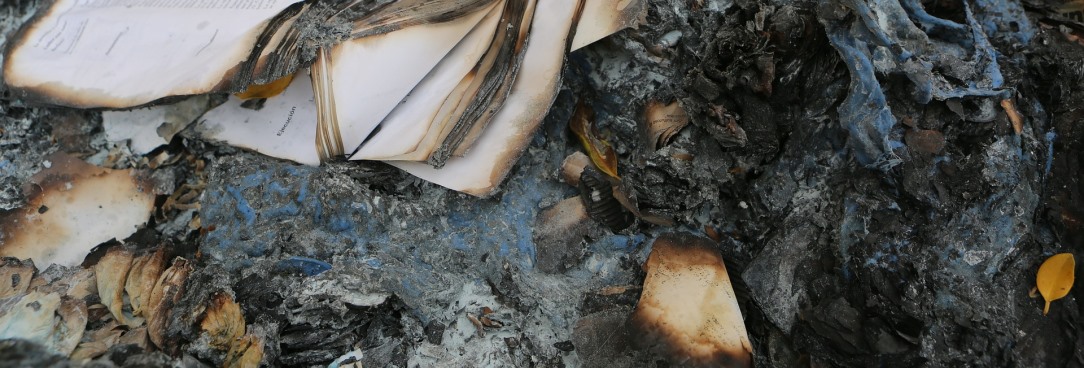Disasters and recordkeeping
A disaster can be a natural catastrophe or an accident that causes widespread damage, loss or harm. If the disaster damages or destroys business records, information that is essential for business or for the community can be irretrievably lost.
Planning for the possibility of a disaster and the effective management of records both during and after one has occurred can minimise the loss of vital information and its impact.
What should be included in a disaster plan?
The purpose of disaster planning is to prepare for potential disasters so that the agency can recover as quickly as possible with minimal disruption or impact. Records are an integral part of business continuity. Agency disaster management, recovery and business continuity strategies should contain arrangements for physical and digital records, including the electronic media containing digital records.
Disaster plans may include the following:
- Details regarding the agency’s vital records and information assets (for example, systems containing critical records, locations of records, descriptions of record holdings, recovery arrangements, system owners).
- Names or position titles of those responsible for carrying out particular actions in the event of a disaster, including those that relate to physical and electronic records.
- Insurance details to enable recovery of records and information.
- Names and contact details of companies that can be called to assist with management of and recovery from a disaster, including the salvage and recovery of physical records and electronic records.
- Information on what records were stored where, so that the extent of what has been lost can be quickly determined.
When implementing your plan in a disaster...
When a disaster has occurred, the disaster plan will enable:
- Key information, including contact details for people and organisations, to be accessed immediately.
- Measures for preventing further damage occurring after the disaster has happened to be carried out promptly and effectively.
- Recovery actions to be prioritised to ensure that time and money is spent wisely.
Equipment and resources that may be needed in the immediate aftermath of a disaster should be kept close at hand and tailored for the specific kinds of records and media held. For example, a fire in a room holding electronic media containing records will need different equipment to extinguish than one in a room filled with paper files.
What to consider when recovering from a disaster?
After the disaster has occurred and it is safe to return, action can be taken to recover the records. Before doing anything, it is imperative to get expert advice. For example, A computer that appears to be totally destroyed by fire may still contain salvageable records if the recovery is handled appropriately.
There are several disaster recovery companies that specialise in the recovery and treatment of affected records regardless of format or media used. If the affected records are permanent records, advice should be sought from PROV before proceeding. Insurance companies used may also have disaster recovery experts available.
Funding for the recovery efforts will need to be obtained. This may be through the insurance cover or it may need to be provided by the agency through other means.
